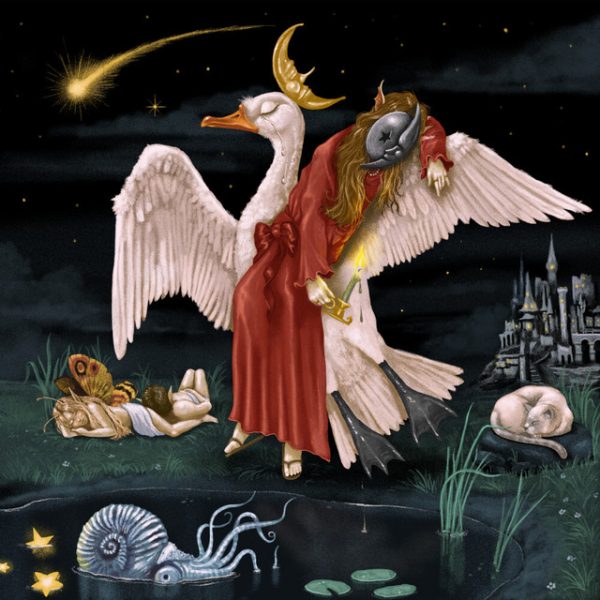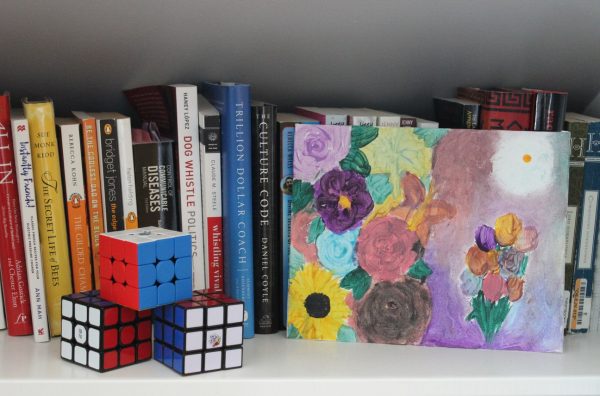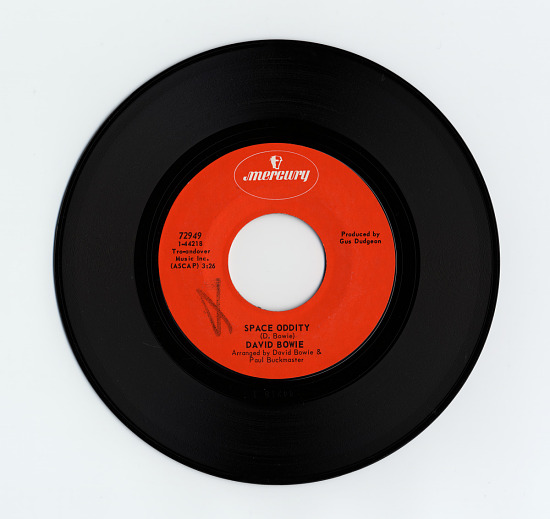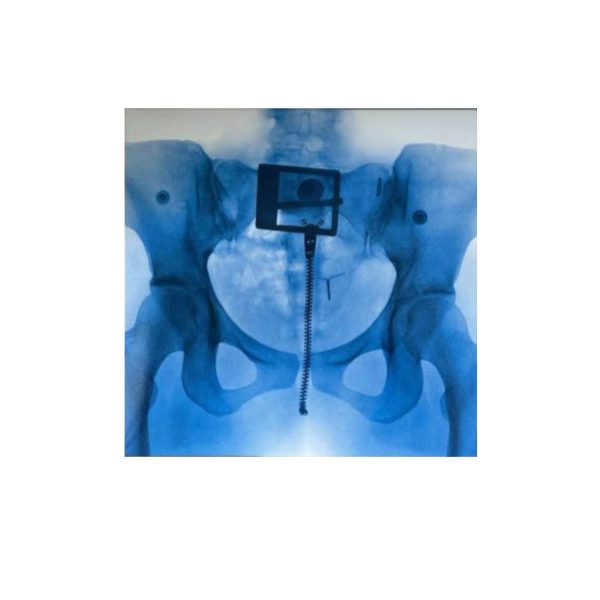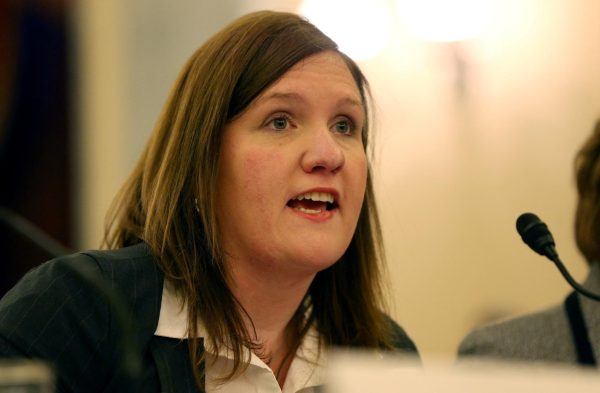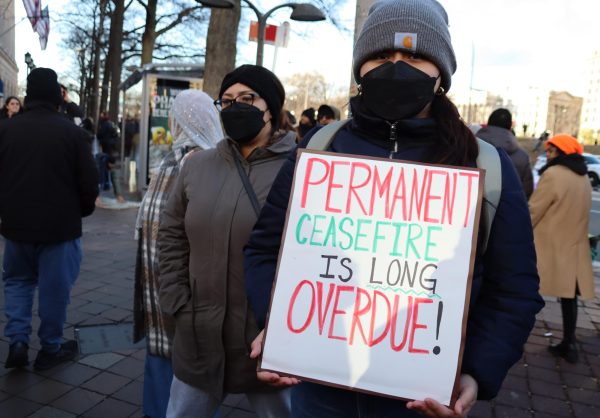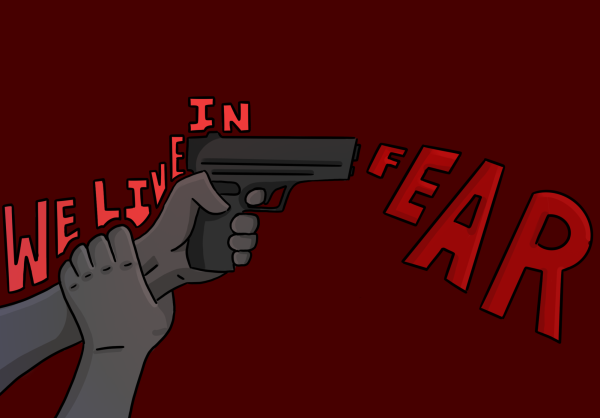Color On The Screen

When I was little, I was always a huge fan of Indiana Jones and how he stole treasure from impossible booby traps and always survived. Later on in life, I developed a better appreciation for action/adventure genre. I was slowly realizing a trend: Why does the main character always have to be a white male?
Don’t get me wrong—I love these movies, but there comes a time when it would be nice to see a protagonist like me. 21st century America has gone through a lot of social and political changes, but our media entertainment doesn’t represent that.
As America’s population becomes more diverse, it feels like our media is stuck in a gilded age. Movies and television have provided a huge impact on our society, but sadly, it still promotes racial and sexist stereotypes that spawn unnecessary prejudice. These stereotypes consist of black thugs, Italian mobsters, smart and tech savvy Indians with a thicker accent, Middle Easterners as terrorists, Mexicans in drug cartels, thug Asians as kung fu masters or ninjas and gay men as overly flamboyant comedic relief. The stereotypes presented have deeply impacted how many Americans see these minorities in reality.
When trying to solve the problem, it is important to solve it at the root. Back in the early days of Hollywood’s history, black people were never allowed to star in movies. Instead, they had white actors put on blackface to portray themselves as African-Americans. The movie that had the biggest effect on the African-American public, and their image, is “A Birth of a Nation.” White actors played African-Americans as subhuman, violent, irresponsible and childish. These depictions of African-Americans existed over a hundred years ago.
Ever since then, depictions of minorities have gotten better. Throughout the 1970s, there were more movies with minority leads. Movies like “Shaft” and “Enter the Dragon” had trail-blazed at the time, breaking box office records. Sadly, this success had a negative side. With huge amounts of blaxploitation (an ethnic sub genre of the exploitation film) and Kung Fu movies, it put Asians and African-Americans in typed-casted purgatory. The American public only saw blacks as pimps and hustlers, and Asians as ninjas and wise men.
A more recent annoying trend in movies has been that the minority is usually the friend. The minority role is usually the one friend who is the wackiest out the bunch, and they are usually loud, provide comedic relief or give the main character pep talk in order for them through the third act. The characters feel one dimensional and could be easily taken out without the movie skipping a beat.
We need stronger minority characters in films, because it shows the public that they are not one dimensional and don’t act out long-standing racial stereotypes.
Some people argue that if minorities are so concerned of how they depicted in films, then why don’t they make their own? To answer that: they do, but not often. In the 2014 Diversity Report, they reported that, out of all of the movies made, only 12 percent of them had a minority director. In 2011, this statistic is lower, coming in at four percent. This information makes it easy to see that minorities and women don’t have the same opportunities when comes to directing as their white male counterparts.
This also a problem in television. The Directors Guild of America (DGA) conducted a study from 2009 to 2014 on the job opportunities for minority and female directors and they found out that 18 percent of directing jobs are given to female directors, and for minorities it’s only 13 percent. Since 40 percent of the population identifies in the minority category, these statistics are sad to see. A problem could be that 92 percent of film studios are owned by white men, and for television, it’s 96 percent. With the heads of all of these studios being white males, there could be an indirect prejudice related to the fact they feel that the audience would not be able to relate to a multi-racial cast. This assumption is wrong, due the fact that 15 movies in the year 2012 that had 41 to 50 percent multi-racial cast received the highest return in investment.
I feel that there is always room for improvement. As America grows more diverse every day, its media should reflect that growth as well. This notion is slowly catching on in some entertainment fields. The comic book industry has caught on to this. Marvel comics now have 17 female lead comic books in its sale roster. With huge characters like Captain America passing the mantle down to Sam Wilson (The Falcon), an African-American man, Thor becoming a woman, and a Black and Latino boy becoming Spider-Man. With huge changes like this, it’s easier for people of color to see themselves as the heroes. In television, the highest praised shows have been featuring minority and female leads, including Black-ish, Empire, The Mindy Project, How To Get Away With Murder, Scandal, Quantico, Agent Carter and Jane the Virgin. These shows have proved that, given the right chances, minority and female lead projects can prosper. Great example of this would be The Walking Dead. Many people really wouldn’t expect that show to be diverse. The Walking Dead has been able to give its minority characters a sense of depth and charm that many movies out have not been able to do in awhile. On the film side, change has been slow and steady. The 2015 Diversity report states that from 2011 to 2015, the amount of minority lead films has risen from 10.5 percent to 16.7 percent. Within the director’s chair, the percentage rate has risen 5.6 points, from 12.2 percent in 2011. The same could be said for female directors, going from 4.1 percent in 2011 to 6.3 percent in 2015, but the sadly the amount of female-led movies have dropped to 25.3 percent in 2015. In 2012 females represented over 30 percent movie leads. These numbers aren’t the best, but it does show that change is in motion, and maybe one day kids from all different walks of life can see themselves a suave treasure hunter with a stylish fedora.




